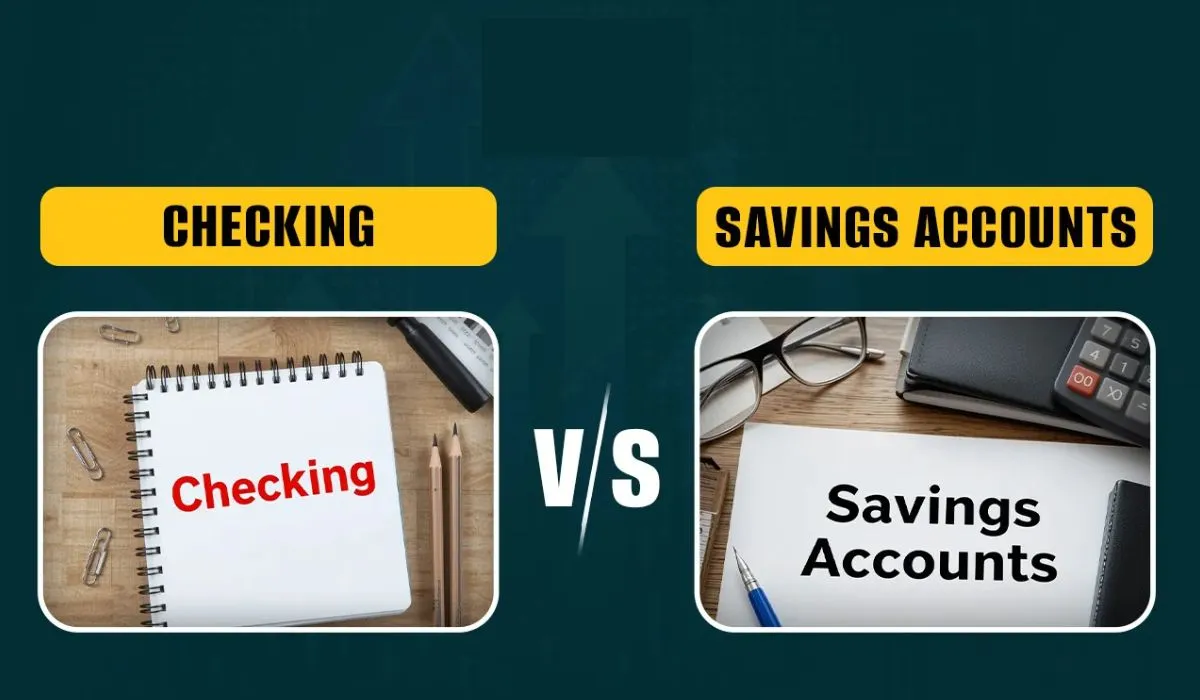Financial management is the efficient acquisition, allocation, and usage of funds by a company for its easy work. The main objectives of financial management are to reduce the expenses involved in procuring funds, control risk, and achieve effective distribution of funds. The role of financial management is that it has a direct impact on all financial aspects or activities of a company.
Aspects of financial management decisions:
ÔŽü Size and composition of fixed assets:
Image source: byjus.com
The amount of money invested in fixed assets is a result of investment decisions. So, if more capital is decided upon to be invested in fixed assets, then this will have another consequence. It will increase the value of the total share of fixed assets by the amount invested.
ÔŽü Amount and composition of current assets:
Image source: byjus.com
The amount of current assets and their components like cash, bills, receivables, inventory, etc. is influenced by management decisions. It is also contingent on the amount invested in fixed assets. It is also dependent on the decisions about credit and inventory management etc.
ÔŽü Amount of long-term and short-term funds to be used:
Image source: rajras.com
Financial management determines the amount of funds required to be raised for the short-term and long-term. In case a firm requires more liquid assets, then it would prefer to have more long-term funds. Even if their profits decrease due to payment of more interest, they will prefer long-term finances. This is as opposed to short-term debts.
ÔŽü All items in profits and loss account:
Image source: ratojob.com
All items in the profit and loss account are dependent on financial management. For example, higher amounts of debt will lead to an increase in expenses. This increase in expense would take place in the form of paying interest in the future.
Objectives of financial management
Image source: techfunnel.com
The main objective of financial management is to increase the wealth of shareholders. It means taking decisions that are beneficial for shareholders. Such financial decisions are taken in which the benefits are more than the cost incurred. This means that there will be an improvement in the market value of shares. This increase in the market value of shares is beneficial for the shareholders. It focuses on taking those decisions for the company that lead to value addition for the company. This is important so that the equity share increases. As this basic objective is attained, other objectives and goals like optimum utilization of funds, and maintenance of liquidity are also attained automatically. It also entails or involves choosing the best alternative that would be beneficial.
Types of financial management
Financial management is of three kinds and concerned with decisions:
ÔŽü Investment decisions
ÔŽü Financing decisions
ÔŽü Dividend decisions
Investment decisions:
Image source: dreamstime.com
A company should know where to invest so that it can earn maximum profits. Such decisions are called investment decisions. The investment decisions are of two kinds:
ÔŽü Long-term investment decisions
Image source: istockphoto.com
It refers to long-term investment decisions like investment in a new fixed asset, new machinery, or land. The other name for these decisions is capital budgeting decisions. It has an effect on the long-term earning capacity of a company. It also has an effect on the profitability of a company. It has long-term implications on the business. They require a large amount of money. So, it is very difficult to change these decisions. For example, opening a new branch is a long-term investment decision.
ÔŽü Short-term investment decisions
Image source: bankrate.com
These decisions are also called working capital decisions. These affect day-to-day business operations. They also have an effect on the liquidity and profitability of a business. For example, decisions related to cash management.
Financial decisions:
Image source: businessjargons.com
Financial decisions are those decisions in which there has to be a volume of funds raised from various sources. These decisions also entail the identification of sources of finance. There are mainly two sources of finance: equity and debt. Equity means shareholders’ funds and debt means borrowed funds. Equity as a source of finance includes equity share capital and retained earnings. In this, there are no fixed charges related to payment of interest and payment of capital. Debt means funds raised through debentures, loans, and other forms of debt. Here, there is a financial risk and repayment obligations, and fixed interest. Financial decisions should be taken carefully as they have an impact on the company’s capital. They also involve financial risk. Also, a mixture of both equity and debt is beneficial for the company.
Factors affecting financial decisions
Image source: researchgate.net
Cost is a factor. The Cost of raising funds should be seen carefully. Risk is a factor. Generally, funds with lower or moderate risk are chosen. Floatation cost is a factor. The higher the floatation cost, lesser attractive will be the source of funds.
Dividend decisions
Image source: qsstudy.com
These are those decisions that involve how a company chooses to distribute its profit or surplus. It is a part of the profit given to shareholders. The company has a choice to make: whether or not to give it to equity shareholders in the form of a dividend or keep it in the form of retained earnings.
Factors affecting dividend decisions
Image source: wealthquint.com
The amount of the earning is a factor as it decides whether or not a company decides to pay a dividend. Growth prospect is a factor as it decides whether a company retains a greater portion of its earnings for future investment. Taxation policy of the government is an important factor too.
Fixed Capital
Image source: youtube.com
Fixed capital means the investment in long-term assets. Management of fixed capital includes allocating a company’s capital at different projects. These decisions are called capital budgeting decisions. These decisions affect the growth of the business. These also affect the profitability of the business. Factors affecting fixed capital are the nature of business, the scale of operation, the technique of production, technology, growth, diversification, and collaboration level.
Working capital
Image source: lendingkart.com
Working capital refers to business capital in day-to-day activities. There are two main concepts of working capital are gross working capital and net working capital. Factors affecting working capital are type of business, scale of operations, fluctuations in business, growth, seasonal factors, credit, raw material, and competition level.









